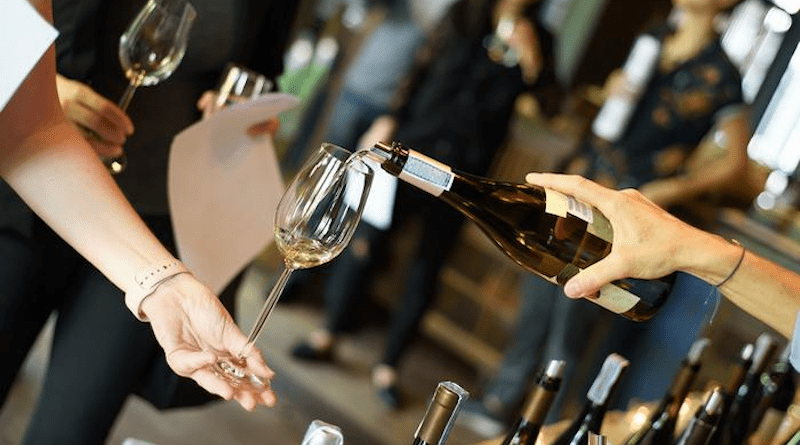Winery Experiences Affected By More Than What Is In Your Glass
New research from the University of British Columbia’s Okanagan campus has determined that enjoying a tasting at a winery goes well beyond the sip.
Professor Annamma Joy, with UBCO’s Faculty of Management, conducts research in the area of consumer behaviour and branding with a special focus on luxury brands, fashion brand experiences, wineries and wine tourism.
Dr. Joy, along with her collaborators and students, studied several Okanagan wineries over a three-year period to comprehensively document the experiences of visitors. Each year, BC’s wineries welcome more than one million people, and Dr. Joy’s latest research—published this month in the Journal of Retailing—confirms people are judging more than what is in the glass.
For the study, the researchers detailed a number of items including the material features of the winery and the sensorial theme, such as music and lighting. They took note of everything including the landscape, architecture, views from the windows, layout of the store and the physical space of the tastings. Even the social interaction between staff and customers was considered.
Each of these elements are subjectively perceived and work together in the cocreation of “affective atmospheres” that are central to the success of a winery, she explains.
“We confirmed that a winery consumer’s experience is individual and shaped, in part, by their knowledge of wine and understanding of preference,” says Dr. Joy. “Not only is the experience influenced by the aesthetics of the winery, the service received and the wine itself, but also by differences between novices, experts and enthusiasts.”
Dr. Joy explains that the research findings have implications for winery operators when they consider the desired consumer experience. For instance, visitors with a high level of expertise may view sensory stimulation and social interactions with other experts as more important to the visit.
“Wineries that consider the dynamic interaction between customer’s orientation and their level of expertise may create more positive experiences,” says Dr. Joy. “Overall, it is clear that staff being themselves and being sensitive to specific visitor needs and making them feel welcome, is crucial for visitor appreciation of the winery.”
She suggests the findings highlight the importance of a holistic approach to achieving consistency across material features, sensorial modalities and social interactions of a winery.
“By recognizing the interplay of these elements, retailers can strategically design their spaces and interactions to cultivate specific emotional experiences for their customers.”
The findings have implications for retailers outside of the wine industry, she adds.
“Experience-driven and knowledge-based industries where there are discernable differences between novices, experts and enthusiasts may consider how to—through their retail atmospherics—respond according to these needs and expectations.”
So, what does it take for a first-time customer to experience a sense of belonging at a winery?
“The answer is quite simply connection,” she adds. “People desire connection to enhance their experience, and wineries need staff members who are prepared to respond and improvise as needed to strengthen that connection between the customers.”

